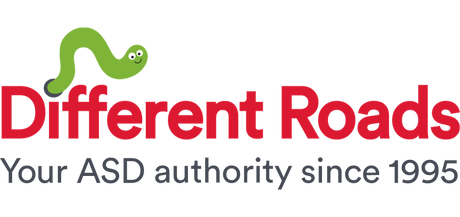In Part One, I discussed the right to effective treatment as detailed by the Professional and Ethical Compliance Code for Behavior Analysts. An essential part of effective treatment is providing, as the code specifies, “scientifically supported, most-effective treatment procedures” (BACB, 2014). In order to do this, behavior analysts must contact the research literature to fully understand scientifically supported treatments. They should do this through reading journal articles, but also through attending workshops, trainings, and local conferences.
Reading journal articles should be a regular activity for behavior analysts. It is suggested that behavior analysts set aside two to four hours per week to read recent journals (Bailey & Burch, 2016, p. 24). This may seem like a lot of time, especially if you aren’t currently doing it. But this practice allows you to stay abreast of current research and have access to a broader range of possible interventions. You may also find it easier to follow through if you participate in a journal club (click here to see suggestions for that.).
Most of the behavior analytic research you’ll find is comprised of single-subject studies. You may get pushback from professionals or parents who are accustomed to seeing research with very large numbers of participants and an explanation of average results. It’s important to understand how to address those concerns in an accessible and accurate way. Here are some things to consider:
• Behavior analytic research does not utilize averages. Therefore, we learn a lot about the specific individuals who responded to an intervention, and can make a more accurate hypothesis about whether or not that intervention will work for a particular client. Furthermore, research based on averages doesn’t provide any information on the percentage of individuals who did not respond to the intervention and WHY they did not respond to the intervention. This is important information that we’re missing out on!
• Behavior analysis is focused on creating individualized interventions. We do not believe in a one-size-fits-all approach, but rather in a set of principles of behavior. Individualizing treatment means that we are looking at the environment, the basic characteristics of the individual, the motivations of the individual, and the functions of a behavior when creating an intervention. When you familiarize yourself with behavior analytic research, you are able to identify interventions that worked with individuals who similar characteristics to that of your particular client.
• Though behavior analysts utilize single subject research, we are fully aware that this does not mean an intervention that worked for a few subject will work for everyone. This is why there is an important stress on replication of research. (Chiesa, 1994). This is also why it’s important to read several journal articles on the same subject, rather than simply reading one and considering yourself up to date.
The main takeaway here is that being familiar with the research is important in order to maintain an ethical practice. Supervisors should support this by providing suggestions for readings and modeling these behaviors. Organizations can support this by subscribing to journals and maintaining a small library for employees. You can support it by subscribing to journals, setting aside time to spend time reading journals, and participating in a journal club. It is incredibly important to our field, and to your practice.
Bailey, J. S., & Burch, M. R. (2016). Ethics for behavior analysts: 3rd edition. New York: Routledge.
Behavior Analyst Certification Board. (2014). Professional and ethical compliance code for behavior analysts.
Chiesa, M. (1994). Radical behaviorism: The philosophy and the science. Authors Cooperative.
WRITTEN BY SAM BLANCO, PhD, LBA, BCBA
Sam is an ABA provider for students ages 3-15 in NYC. Working in education for twelve years with students with Autism Spectrum Disorders and other developmental delays, Sam utilizes strategies for achieving a multitude of academic, behavior, and social goals. She is also an assistant professor in the ABA program at The Sage Colleges.

